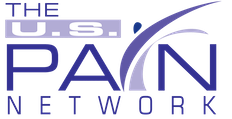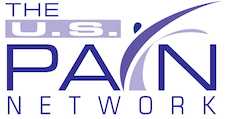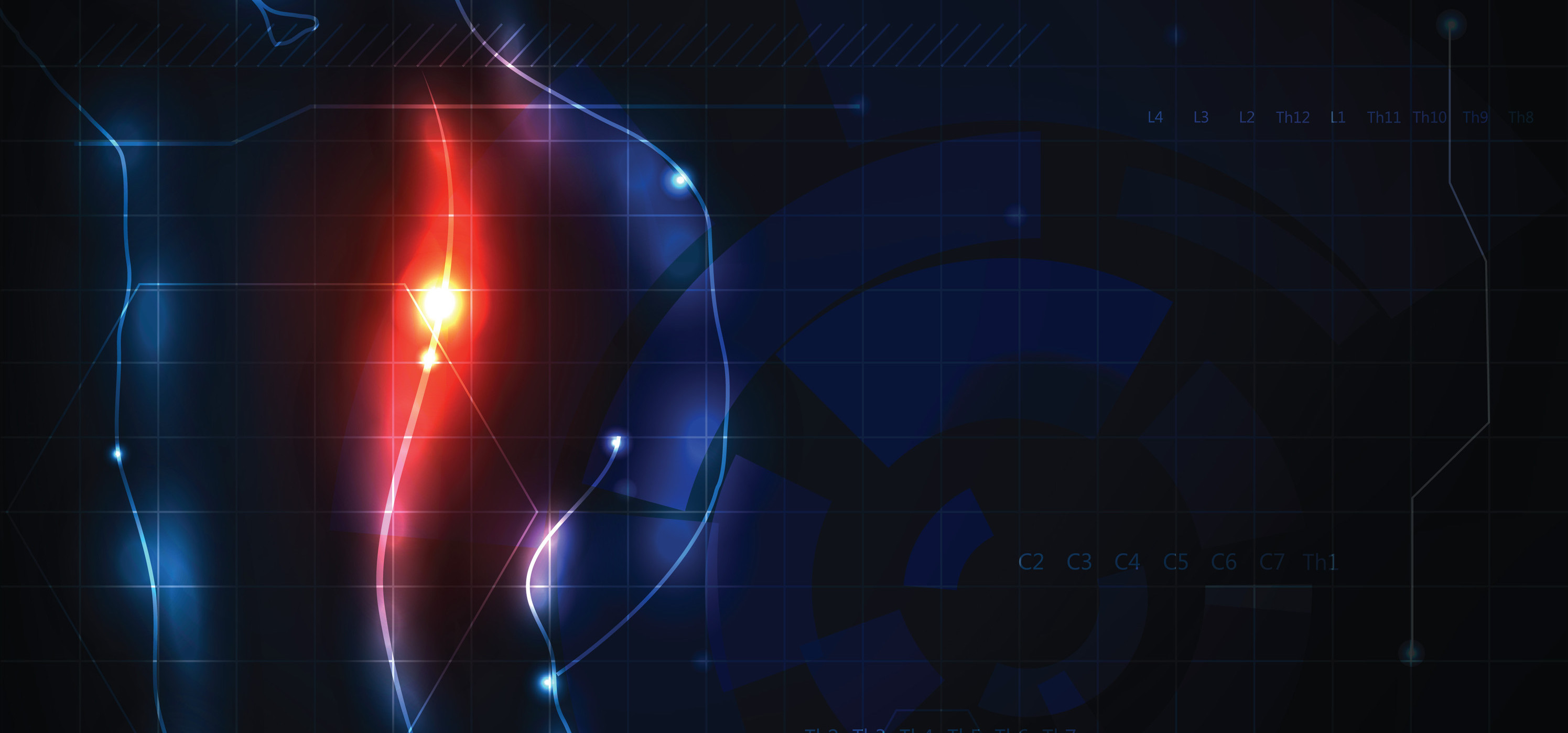Spinal Cord Stimulator Implant (Neuromodulation) for Postlaminectomy Syndrome
Patients usually undergo spine surgery to correct anatomical problems that cause neck, arm, back, or leg symptoms. Many of these patients heal well after spinal surgery, but some continue to have pain or new problems after the surgery. When symptoms persist or arise following back surgery, the condition is known as postlaminectomy syndrome. A unique and innovative treatment for postlaminectomy syndrome is spinal cord stimulation (SCS), which is also called failed back surgery syndrome.
What are the symptoms of postlaminectomy syndrome?
After a laminectomy, a small percentage of patients have symptoms. After cervical (neck) surgery, symptoms include neck pain, pain radiating down into an arm, tingling, numbness, and/or paresthesia of the extremity. Regarding lumbar (low back) postlaminectomy syndrome, symptoms include low back pain, pain radiating into one leg, and numbness, tingling, and/or paresthesia of the extremity.
What causes postlaminectomy syndrome.
After spine surgery, pain and other symptoms can occur because:
- The condition was not adequately treated.
- A new area of nerve compression develops.
- Post-procedure complications arise, such as nerve damage or infection.
What is spinal cord stimulation?
Spinal cord stimulation (SCS or neuromodulation) is a pain relief technique that delivers low-voltage electrical current to the spinal cord. These impulses block pain sensations. SCS is the most common form of neurostimulation, with 50,000 new devices implanted each year.
What is a spinal cord stimulator implant?
The generator is a tiny device surgically placed in the lower abdomen or buttock. Wires run from the generator and attach to small electrodes placed along the spinal cord. The unit delivers electrical current that interferes with pain signals.
What types of spinal cord stimulator implants are there?
Radiofrequency systems will sustain therapy for long periods of time at the highest output level. Because of their high power abilities, the radiofrequency systems are suitable for challenging cases that involve complex, multi-area pain. With this system, the patient must use an external power source for stimulation. Rechargeable systems use a battery that can last for up to 10 years. This system last much longer than a conventional system.
Who is a candidate for a spinal cord stimulator?
People considered for neuromodulation should meet certain criteria, including:
- Pain that is not related to malignancy.
- Poor response to conservative treatment for more than 6 months.
- No pacemaker or other medical contraindications.
- No current psychiatric disorder.
- Willingness to stop medication use.
- Ability to give informed consent for the procedure.
What is a spinal cord stimulator trial procedure?
Before permanently implanting a spinal cord stimulator, the doctor will have you use the device on a trial basis. Light sedation is used, and a local anesthetic is administered to the skin of the back region. The leads are temporarily placed along the spinal cord using a special needle. The generator device remains outside the body, and wires run from the device to the electrodes. If the SCS trial offers adequate pain relief, a permanent implant procedure can be done.
What can I expect during the neuromodulation surgery?
The surgery is performed under general anesthesia, and it takes 1-2 hours. An incision is made in the buttock or lower abdomen to place the generator. Wires are threaded under the skin and attach to surgically placed leads near the spinal cord. The incisions are closed using sutures, and a bandage is applied to the sites.
What does recovery involve?
After a SCS device surgery, the patient must avoid lifting, stretching, bending, and twisting. Light activity is permitted, such as walking and preparing simple meals. You cannot drive for about a week, and no rigorous activity is permitted for 6-8 weeks. You will have some mild soreness at the incision sites for several days. Do not soak in a tub or bath until the sutures are removed.
Does spinal cord stimulation work?
According to recent studies, the success rate for patients within the first 2 years is around 85%. Many long-term studies show that SCS is effective for treating chronic pain.
Resources
Kumar K, Hunter G, Demeria D. Spinal cord stimulation in treatment of chronic benign pain: challenges in treatment planning and present status, a 22-year experience. Neurosurgery. 2006;58(3):481–496.
Kumar K, Rizvi S, Nguyen R, Abbas M, Bishop S, Murthy V. Impact of Wait times on Spinal Cord Stimulation Therapy Outcomes. Pain Pract. 2013 Oct 25; Epub.



